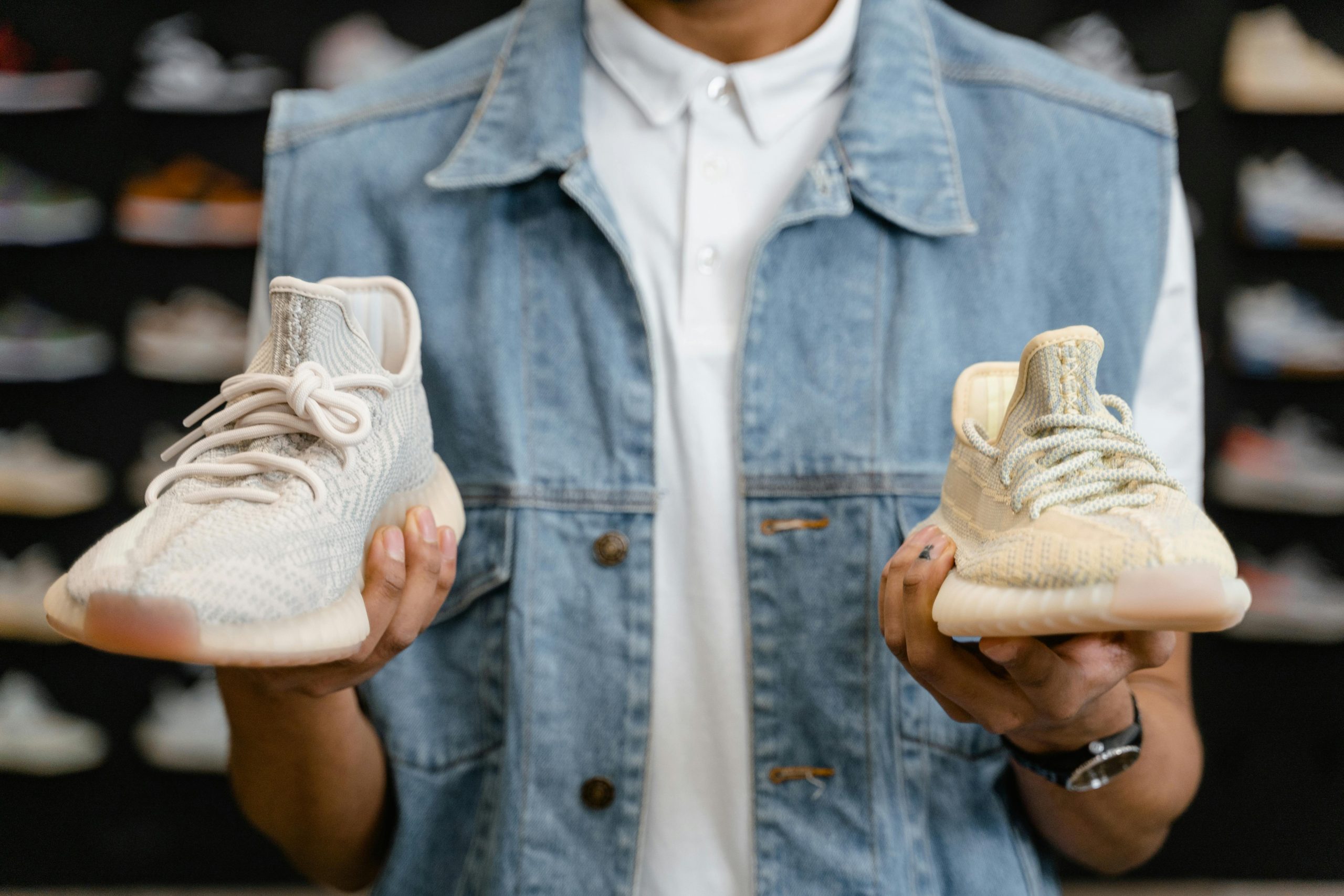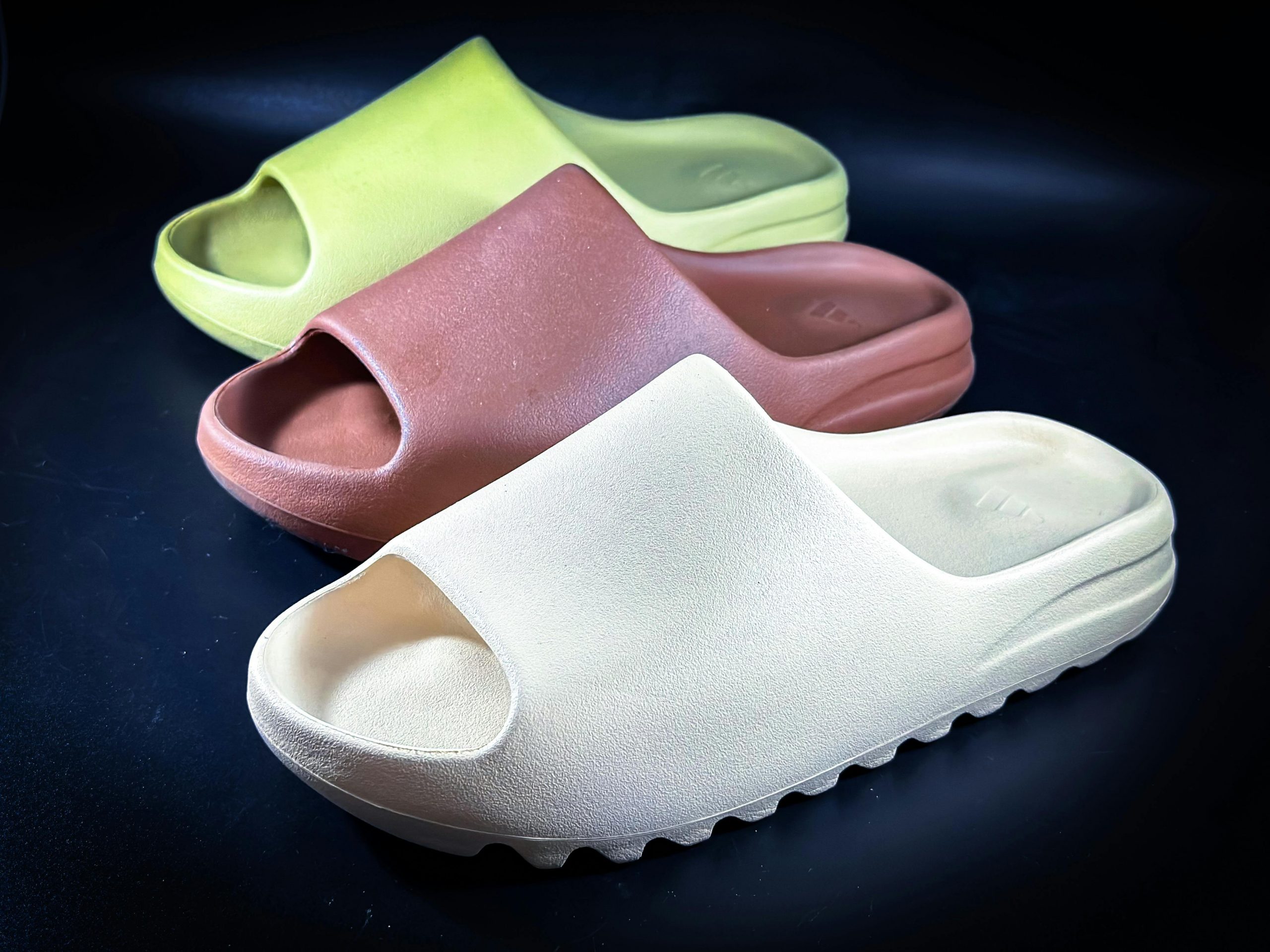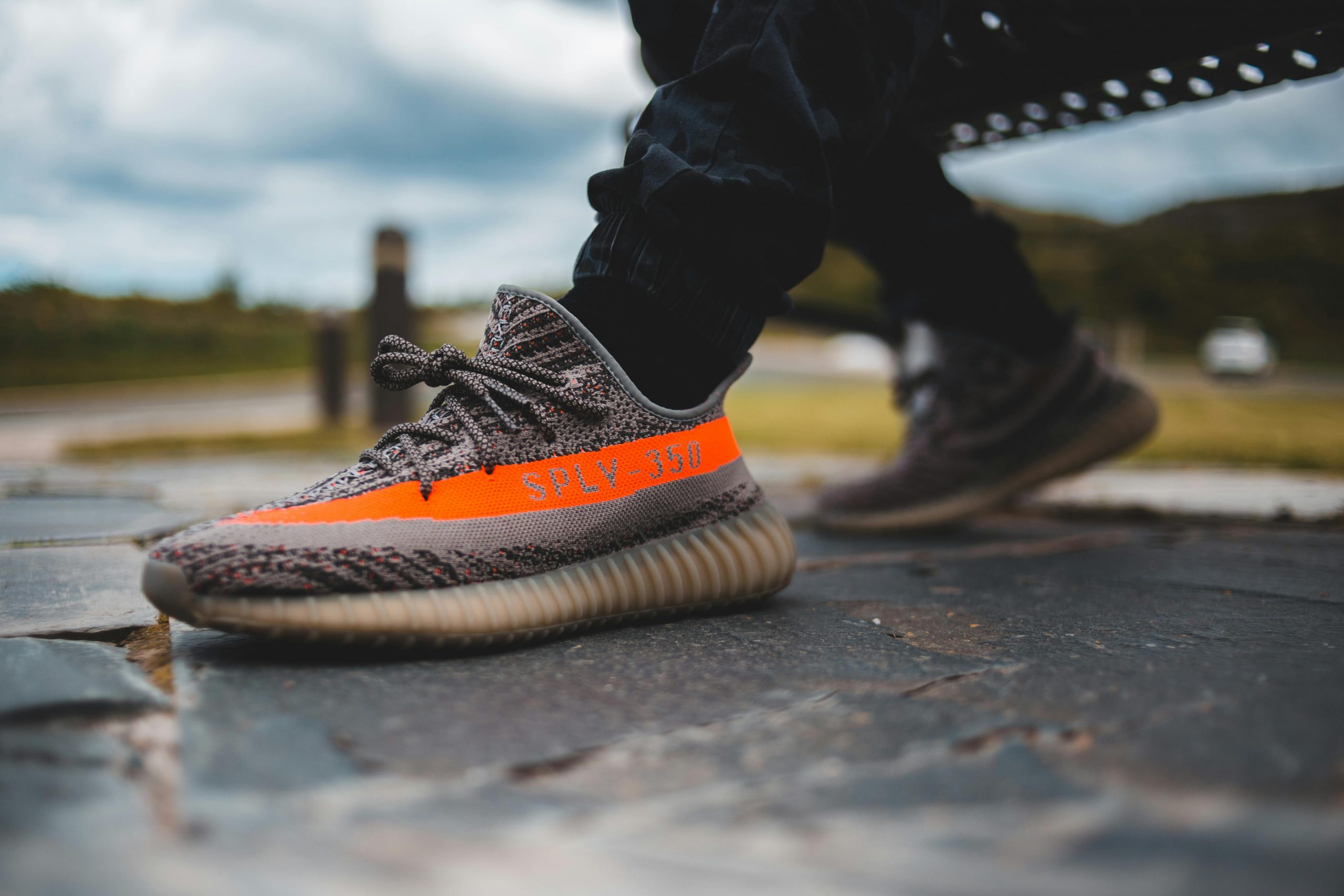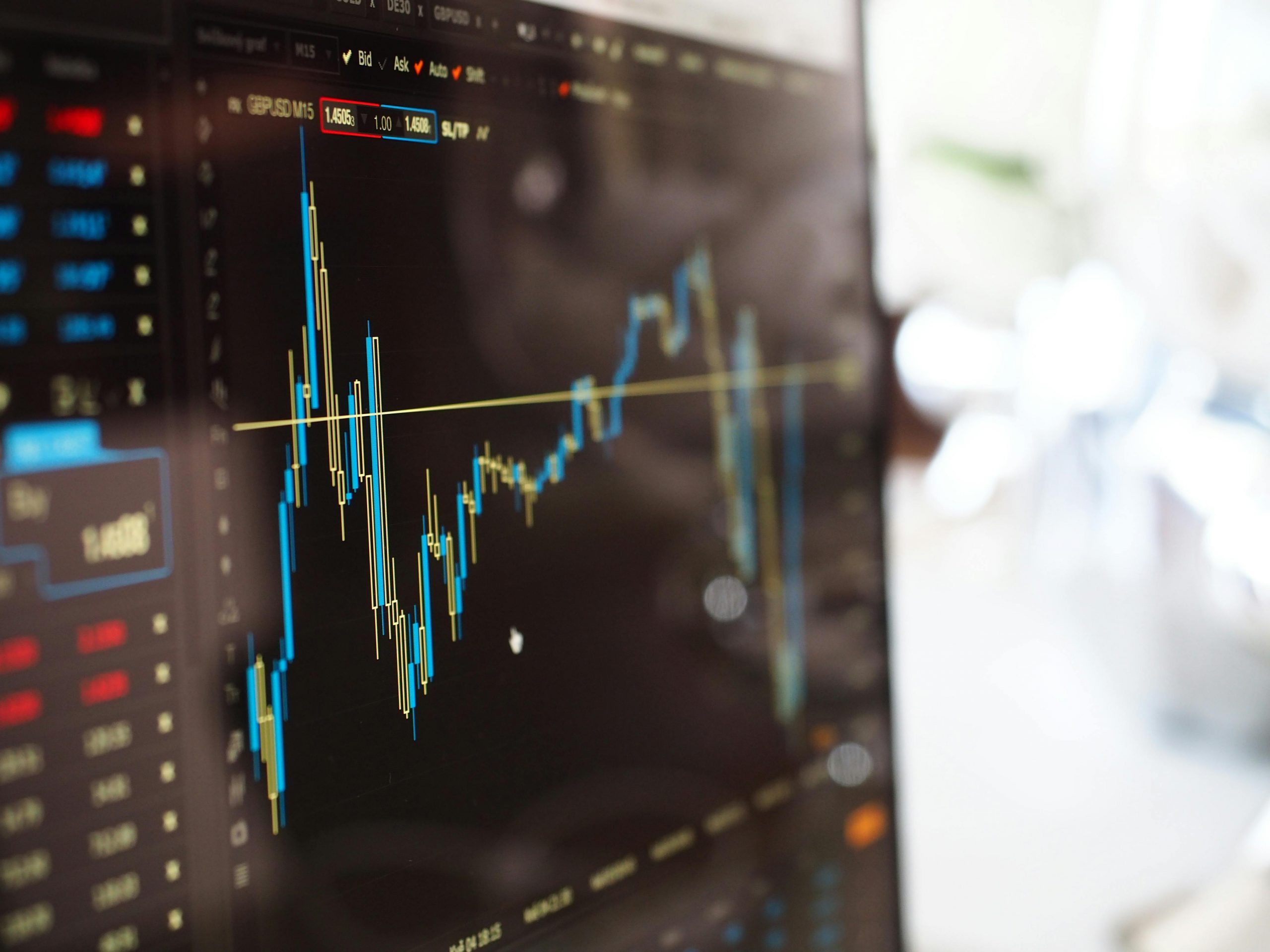Yeezy and Nike: The $2 Billion Financial Strategy That Changed Sneaker Investing
In the sneakers world, few names evoke as much buzz as yeezy. What started as a niche collaboration between Kanye West and Adidas evolved into a global phenomenon that redefined streetwear, music, and high fashion. But behind the hype lies a fascinating financial story—one that took an even sharper turn with Nike‘s recent involvement. The Yeezy brand is no longer just a fashion statement; it’s a case study in branding, market disruption, and alternative investments. Let’s dive into how Yeezy became one of the most disruptive financial plays in modern footwear history.
From Streetwear to Wall Street: The Yeezy Phenomenon
When Kanye West first launchedYeezy with Adidas in 2015, no one predicted the astronomical growth that would follow. The unique blend of celebrity endorsement, limited drops, and streetwear appeal created a perfect storm. Yeezy wasn’t just a shoe; it was an asset. Early adopters saw resale values skyrocket, sometimes exceeding 500% of retail price within days of release. The sneaker became a form of currency within the streetwear community.
Yeezy’s appeal wasn’t limited to its design. Kanye’s personal brand, combined with strategic scarcity, fueled the hype cycle. Collaborations with influencers, musicians, and even athletes extended Yeezy’s reach far beyond traditional sneaker audiences. The product line expanded from the original Yeezy 350 into the 700 series, the 700 V3, and the highly sought-after Yeezy Slides, each generating new waves of consumer demand.
By 2019, Yeezy‘s annual revenue reportedly surpassed $1.3 billion. Kanye’s personal net worth ballooned, largely attributed to the brand’s equity structure—a rare deal in the industry where the artist retained significant control and received royalties per sale. Yeezy became a textbook case of how celebrity-driven brands can command pricing power, create emotional connections, and cultivate rabid customer loyalty that translates directly into financial performance.

The Strategic Shift: Yeezy’s Transition to Nike
While the Adidas partnership was commercially successful, creative and strategic disagreements began to emerge behind closed doors. Kanye sought greater creative autonomy and broader ambitions for the Yeezy brand, including venturing into architecture, technology, and digital art. Adidas, on the other hand, faced pressure to manage operational risk, maintain production levels, and preserve its corporate identity.
Nike recognized a once-in-a-generation opportunity. Yeezy was not just another sneaker line—it was a cultural force with a proven financial engine. Nike’s acquisition or partnership with Yeezy offered a chance to consolidate two of the most recognizable names in footwear. By bringing Yeezy under its umbrella, Nike could leverage its extensive manufacturing infrastructure, global supply chains, and unparalleled marketing machine to elevate their global presence even further.
This strategic shift wasn’t purely opportunistic—it was defensive as well. The sneaker market was evolving rapidly, with new entrants like Fear of God, Off-White, and luxury brands like Balenciaga capturing segments of Nike’s traditionally loyal customer base. Securing Yeezy allowed Nike to reassert its dominance in the highly competitive and lucrative luxury sneaker market.
Revenue Explosion: How Yeezy Boosted Nike’s Financial Results
The financial upside was immediate. Within just the first fiscal year after the integration, Nike’s lifestyle footwear segment experienced an 18% year-over-year revenue increase. Quickly became one of Nike’s most profitable lines, boasting exceptionally high margins due to its limited-run nature and premium price points.
Because Nike already possessed world-class manufacturing capabilities, it could produce models at a lower cost compared to Adidas, improving operating margins without diluting the brand’s exclusivity. Furthermore, Nike’s robust global distribution network allowed Yeezy drops to reach emerging markets such as China, Southeast Asia, and parts of Africa—regions where sneaker culture was just beginning to boom.
Institutional investors were quick to reward Nike’s aggressive strategic move. Stock prices climbed as quarterly earnings repeatedly exceeded analyst expectations, driven largely by Yeezy’s contribution to top-line growth. Some Wall Street analysts estimated that Yeezy-related sales could generate over $2 billion annually for Nike within the first two years, transforming a once-niche subculture into a mainstream financial asset.
Moreover, Nike’s digital channels experienced a surge in traffic during the drops, driving up engagement across its entire product ecosystem. Ancillary lines such as Air Jordans and Nike SB benefited from the halo effect, reinforcing Nike’s ability to leverage cross-brand synergies.

Risk, Hype and Market Volatility: Yeezy’s Financial Challenges
Despite its financial windfall, Nike’s Yeezy venture is not without its challenges. Much of Yeezy’s brand equity is inseparably tied to Kanye West’s personal reputation—a volatile and unpredictable factor. Kanye’s public controversies, political statements, and personal disputes have, at times, cast a shadow over the brand’s long-term stability.
From a business perspective, the challenge of managing hype-driven demand remains delicate. The limited-supply model creates enormous pressure on logistics teams to perfectly balance scarcity and availability. Flooding the market risks diluting the brand’s perceived value, while overly restricted releases can drive consumers towards secondary markets or counterfeit alternatives.
Additionally, regulatory bodies have increasingly scrutinized the secondary sneaker market for anti-competitive behavior and potential price manipulation. With sneaker reselling now a multi-billion dollar industry, regulators may eventually impose controls that could affect Yeezy‘s speculative trading dynamic, indirectly influencing Nike’s bottom line.
Nike must also navigate broader macroeconomic risks. Inflation, global supply chain disruptions, and shifts in consumer spending habits could impact luxury sneaker sales, particularly as younger buyers face economic headwinds that limit discretionary spending.
Yeezy’s Influence on the Global Sneaker Economy
Their impact extends far beyond its own balance sheet. In many ways, they redefined the entire sneaker economy, transforming sneakers from simple fashion items into cultural and financial assets. The brand played a pivotal role in popularizing the “drop model,” where limited-edition releases generate massive online queues, instant sell-outs, and explosive resale markets.
The ripple effect has been enormous. Luxury houses likeLouis Vuitton and Dior have adopted drop-style launches, while platforms like StockX, GOAT, and Flight Club have built billion-dollar businesses around sneaker reselling. Today, sneakers are seen as alternative investments, with some rare models appreciating at rates comparable to fine art or vintage automobiles.
For a growing segment of younger investors, sneakers have become a serious asset class. According to Cowen Equity Research, the global sneaker resale market could surpass $30 billion by 2030, and remains one of its primary drivers. This shift has drawn interest from venture capital firms, hedge funds, and even fintech startups offering sneaker-backed investment products.
Culturally, Nike has elevated sneaker collecting into a mainstream hobby that transcends age, geography, and demographics. From Silicon Valley to Shanghai, the name signals not just fashion sense, but market savvy.
What’s Next? The Future of Yeezy’s Financial Footprint
The road ahead for Yeezy—and Nike—remains full of both opportunity and uncertainty. As Web3 and the metaverse create new avenues for digital fashion, Nike has already experimented with blockchain-based sneaker drops and virtual collectibles. These digital integrations may unlock new revenue streams, especially among Gen Z consumers comfortable with blending physical and digital ownership.
Sustainability is another frontier. As consumer awareness grows around ethical manufacturing and environmental impact, Nike will likely need to innovate with sustainable Yeezy production methods to maintain its leadership position.
Of course, the ultimate wildcard remains Kanye West himself. His ability to remain culturally relevant, creatively innovative, and free from damaging controversy will continue to influence Yeezy’s brand value directly. Should Kanye successfully transition into a more stable, entrepreneurial role akin to luxury designers or global CEOs, the brand could evolve into a generational empire. Alternatively, missteps could destabilize years of brand equity almost overnight.
What’s undeniable is that they has already secured its place in financial history as one of the most unique business stories of the 21st century. It’s a masterclass in personal branding, supply chain manipulation, pricing power, and the fusion of pop culture with financial engineering. In the high-stakes world of sneakers, very few brands—even titans like Nike—have ever orchestrated such a daring and lucrative financial maneuver.
Read more:What is CVV/CVC on a credit card and why it’s important
Share this content:












Post Comment